Archives
- 2025-10
- 2025-09
- 2025-03
- 2025-02
- 2025-01
- 2024-12
- 2024-11
- 2024-10
- 2024-09
- 2024-08
- 2024-07
- 2024-06
- 2024-05
- 2024-04
- 2024-03
- 2024-02
- 2024-01
- 2023-12
- 2023-11
- 2023-10
- 2023-09
- 2023-08
- 2023-07
- 2023-06
- 2023-05
- 2023-04
- 2023-03
- 2023-02
- 2023-01
- 2022-12
- 2022-11
- 2022-10
- 2022-09
- 2022-08
- 2022-07
- 2022-06
- 2022-05
- 2022-04
- 2022-03
- 2022-02
- 2022-01
- 2021-12
- 2021-11
- 2021-10
- 2021-09
- 2021-08
- 2021-07
- 2021-06
- 2021-05
- 2021-04
- 2021-03
- 2021-02
- 2021-01
- 2020-12
- 2020-11
- 2020-10
- 2020-09
- 2020-08
- 2020-07
- 2020-06
- 2020-05
- 2020-04
- 2020-03
- 2020-02
- 2020-01
- 2019-12
- 2019-11
- 2019-10
- 2019-09
- 2019-08
- 2019-07
- 2019-06
- 2019-05
- 2019-04
- 2018-07
-
In the current study cocaine did not
2019-10-03
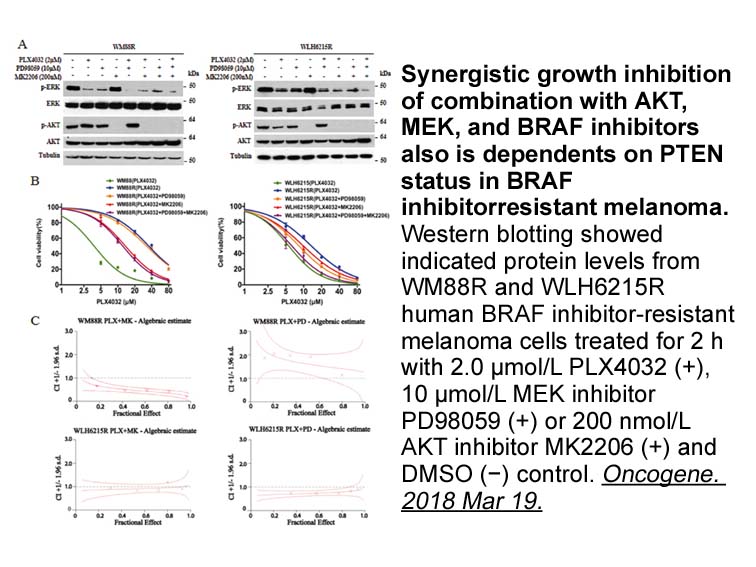
In the current study, cocaine did not significantly increase negative subjective effects and nepicastat did not increase these responses. This outcome is somewhat surprising given that the most commonly reported effect to date has been to increase the aversive properties of cocaine such as anxiety,
-
racecadotril br Structure of ketosteroid dehydrogenase Overa
2019-10-03
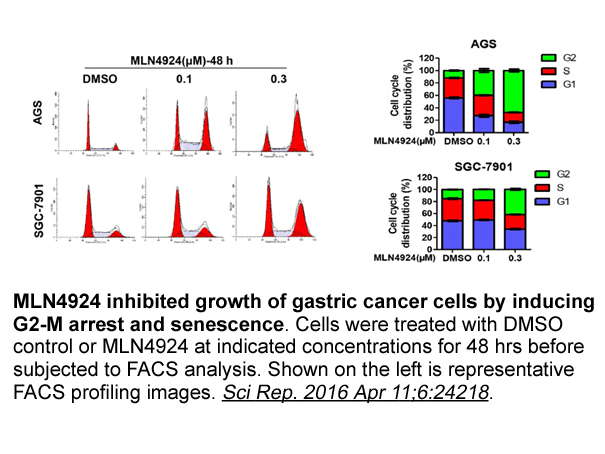
Structure of 3-ketosteroid Δ1-dehydrogenase Overall fold — High-resolution crystal structures of Δ1-KSTD are currently available for the Δ1-KSTD1 isoenzyme from R. erythropolis SQ1 [30]. The Δ1-KSTD1 molecule has an elongated shape, and consists of two domains, an FAD-binding domain and a catalyt
-
A key inciting event in
2019-10-02
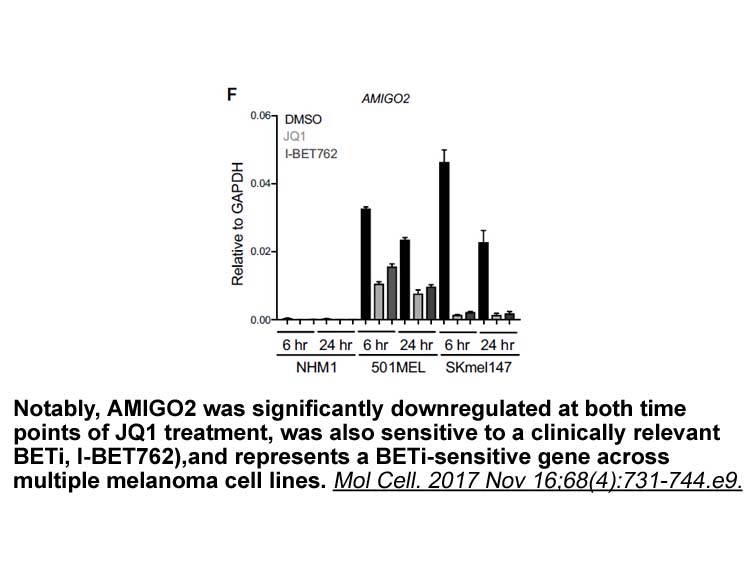
A key inciting event in atherosclerosis is the deposition of circulating low-density lipoprotein (LDL) in the subendothelial space of major arteries. In the subendothelium, native LDL is no longer protected by circulating antioxidants and is oxidatively modified to oxidized LDL (OxLDL) [5]. OxLDL is
-
Everolimus treatment showed an increase in the number
2019-10-02
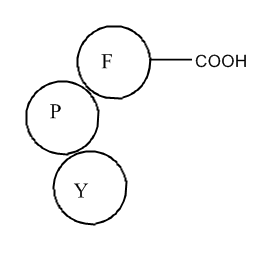
Everolimus treatment showed an increase in the number of plaques and a reduction in plaque size, depending on concentration and treatment time (Fig. 1, Fig. 2). Everolimus-pretreated ati stock quote pathway adsorbed less virus with more plaque formation in the initial phase of infection (Fig. 3). T
-
br Results br Discussion Adult hand foot and
2019-10-02
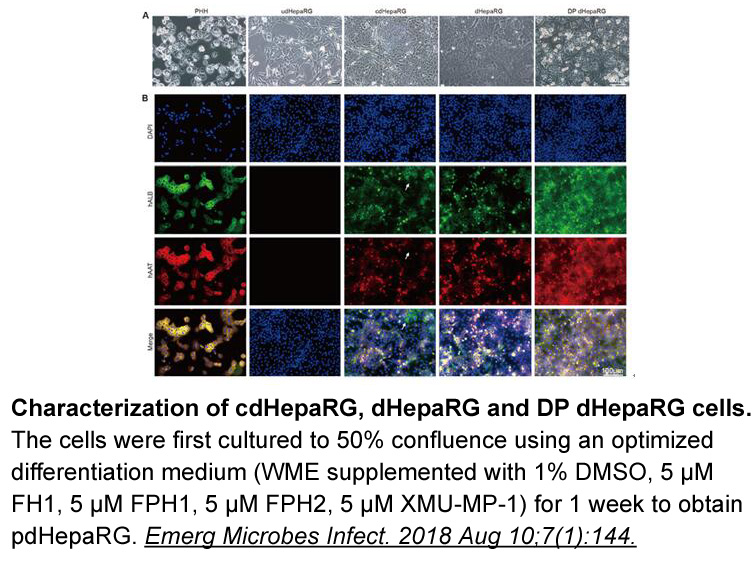
Results Discussion Adult hand, foot and mouth disease gets no particular research interest because it has been seen as a sporadic mild viral infection that spontaneously resolved in a few days. However, evidence showed that adults may act as latent enterovirus reservoirs. A serum epidemiologic
-
Our conclusion is in disagreement with that of a
2019-10-02
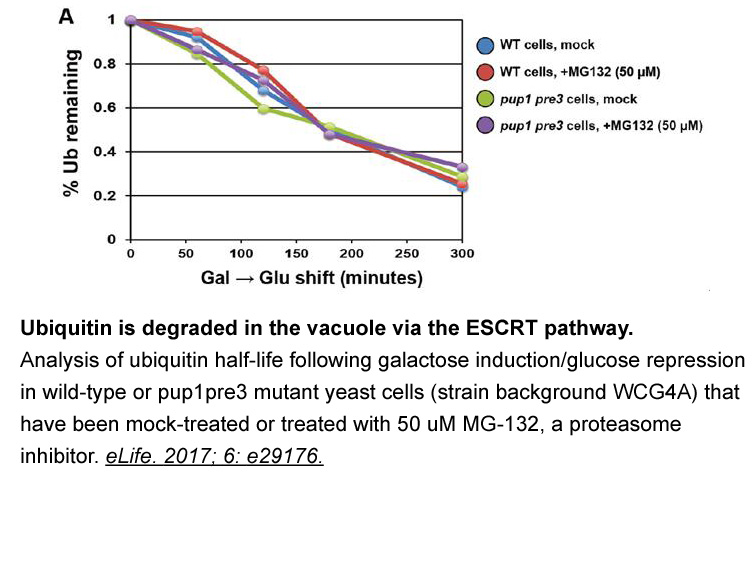
Our conclusion is in disagreement with that of a recent paper by Park et al. [10], which suggests that nitric oxide (NO) inhibition of VHL recruitment occurs by nitrosylation of the 520 cysteine in HIF-1α, and that SNAP does not directly inhibit hydroxylation of HIF peptide by HPH-2. Although this d
-
A recent analysis of urine samples collected from men and
2019-10-02
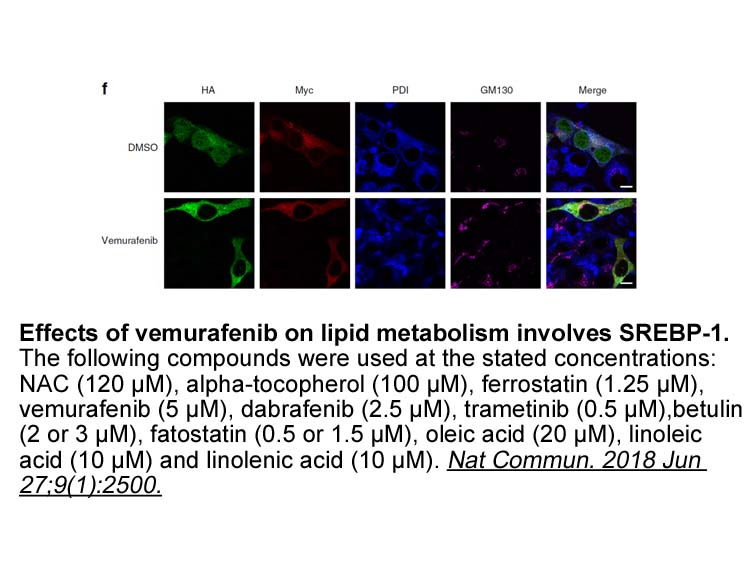
A recent analysis of 2721 urine samples collected from 245 men and 408 women across the US general population between 2005 and 2010 showed that MP, PP and BuP were measurable in 99.9%, 98.3% and 73.6% of samples from women and 99.3%, 90.2% and 35.9% of samples from men, respectively (Smith et al., 2
-
Yu et al also reported that extracting consortium
2019-10-02
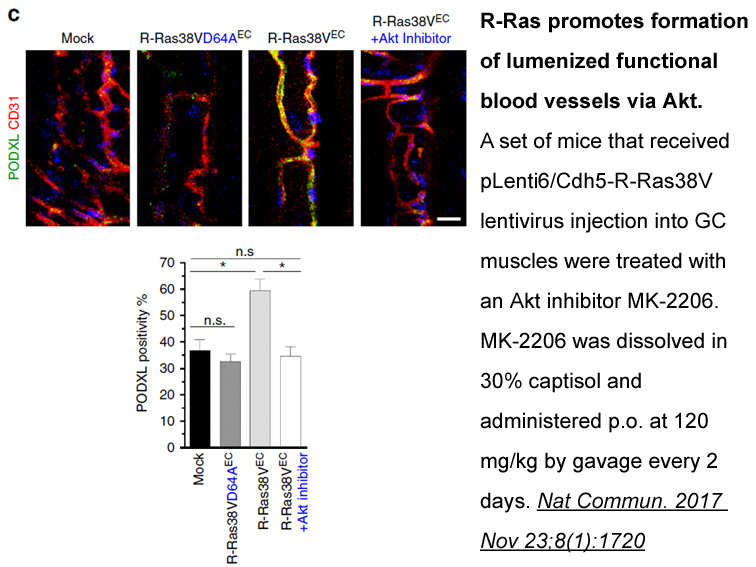
Yu et al. [24] also reported that extracting consortium of hydrolytic enzymes from sludge flocs performs better than costly single purified commercial enzyme. Thus, it is concluded from the above cited literature analysis that only few studies have been reported on extraction of enzymes from waste s
-
Her eldest daughter individual had a normal birth
2019-10-02
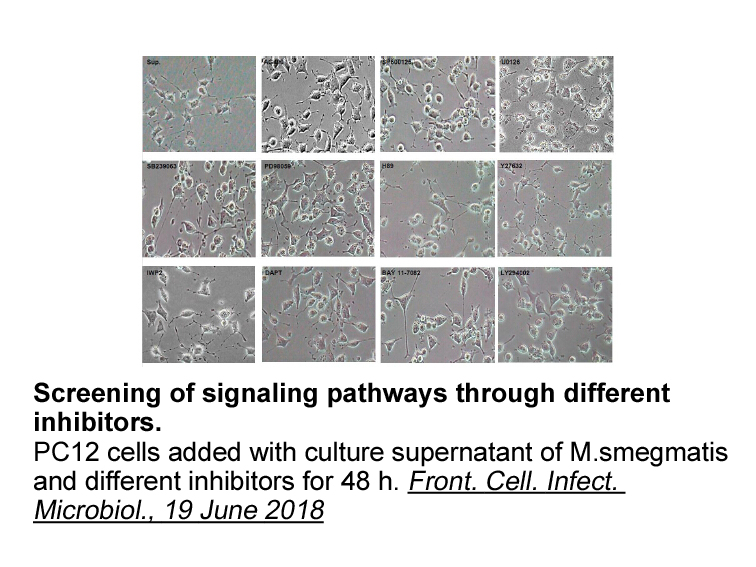
Her eldest daughter (individual 4) had a normal birth and health history in early childhood. She developed contractures of her fourth fingers at 4–5 years of age; these contractures were associated with painless, non-erythematous swelling of the involved joints. Her PIP contractures were ∼90 degrees
-
Bcl functions as a transcription repressor
2019-10-01
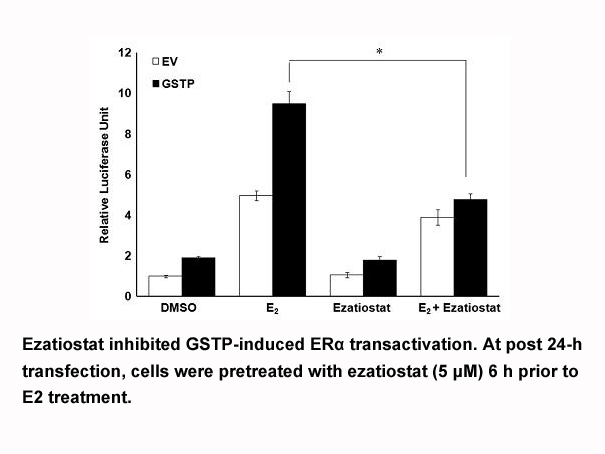
Bcl6 functions as a transcription repressor via its N-terminal BTB domain and middle “second repression,” or “RD2” domain (Chang et al., 1996, Seyfert et al., 1996). A loss of function of the BCL6 BTB domain markedly impairs survival and proliferation of mature GC 4-Methylhistamine dihydrochloride k
-
Cancer patients may develop cachexia a deleterious wasting s
2019-10-01

Cancer patients may develop cachexia, a deleterious wasting syndrome that is associated with muscle atrophy and has an impact on the well-being of patients and on the response to the treatment. Indeed, cachexia is a devastating and often irreversible syndrome observed in up to 80% of cancer patients
-
We propose two hypotheses to interpret our findings
2019-10-01
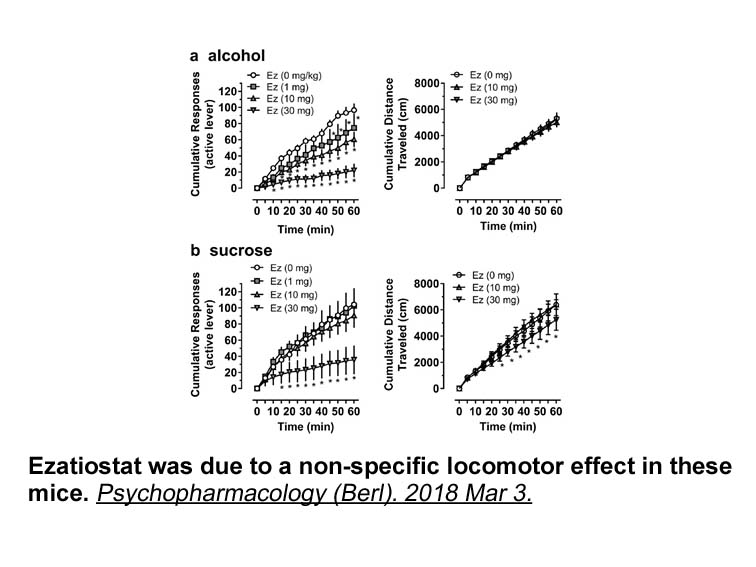
We propose two hypotheses to interpret our findings. The first, ELR (+) CXC chemokines stimulate both CXCR-1 and CXCR-2 chemokine receptor while activating neutrophils; however CXCR-1 chemokine receptor seems to play more active role in the process of neutrophil migration as shown in previous studie
-
br Clinical studies br Practical implications for young wome
2019-10-01
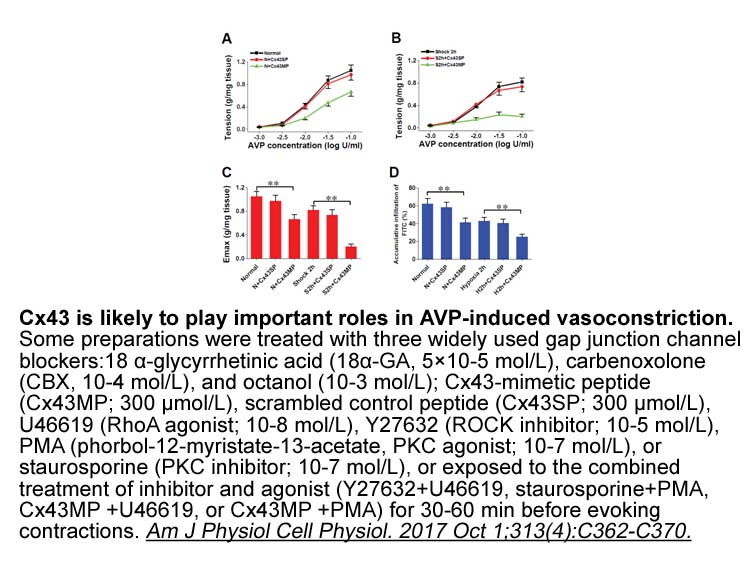
Clinical studies Practical implications for young women Conclusion Research on the oncogenic mechanism of hormones has advanced dramatically in the latter years. The finding that progestogens are more powerful determinants of risk than estrogens in breast cancer has been added to advances i
-
In this study we detected the PAX
2019-10-01
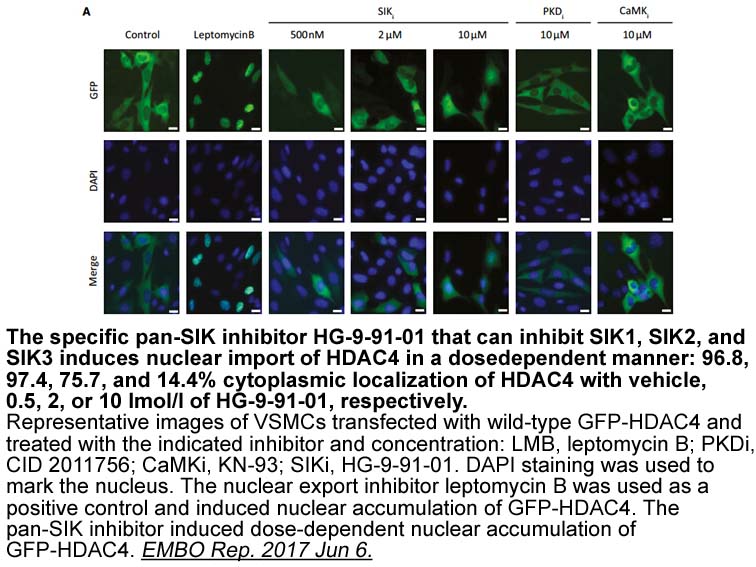
In this study, we detected the PAX3/7–FOXO1 fusion Argatroban pathway in 50% of the ARMS samples, 40% PAX3–FOXO1 and 10% PAX7–FOXO1. This detection confirmed the histological diagnosis and adds to its new information that can be useful in the prognosis evaluation of ARMS patients, since the patient
-
Ranolazine kinase Little information is available regarding
2019-10-01

Little information is available regarding the expression of the different EP receptor subtypes on human monocytic cells, particularly those that are involved in downregulating cytokine production. The receptors are controlled by the respective genes for each receptor i.e. PTGER1–PTGER4 for EP1–EP4 r
15926 records 970/1062 page Previous Next First page 上5页 966967968969970 下5页 Last page